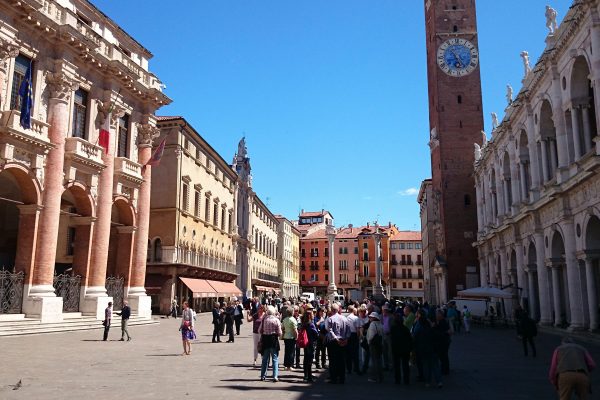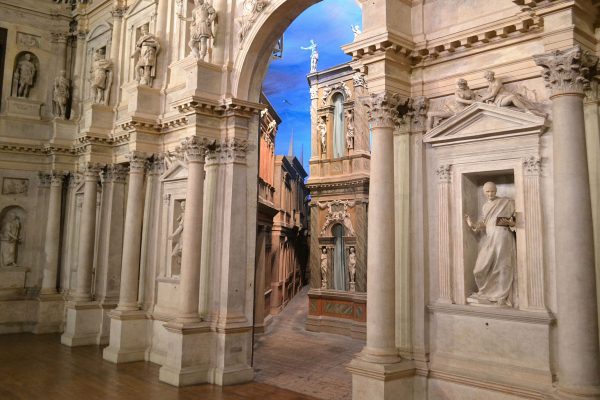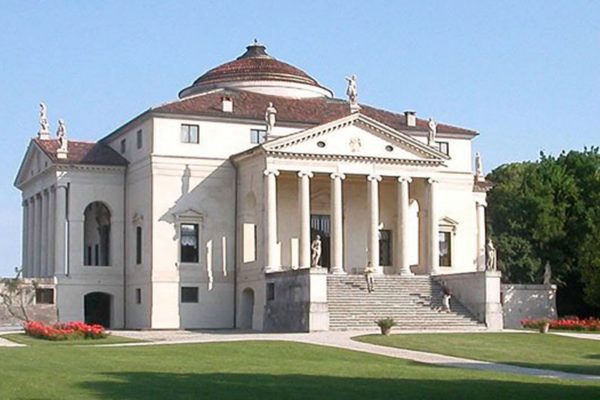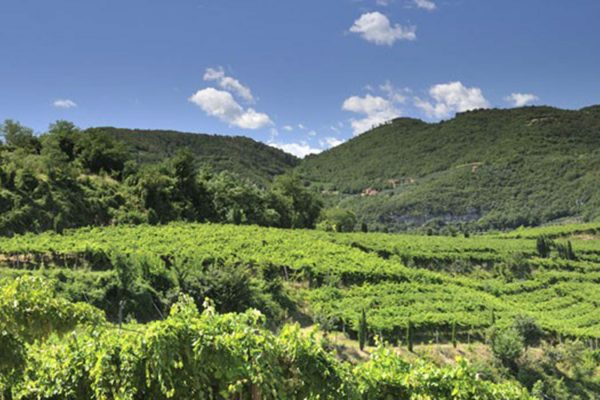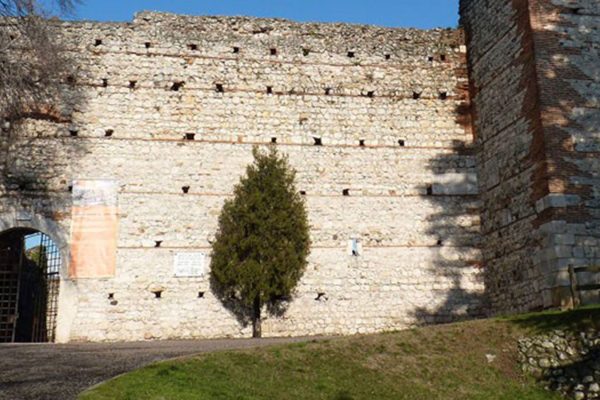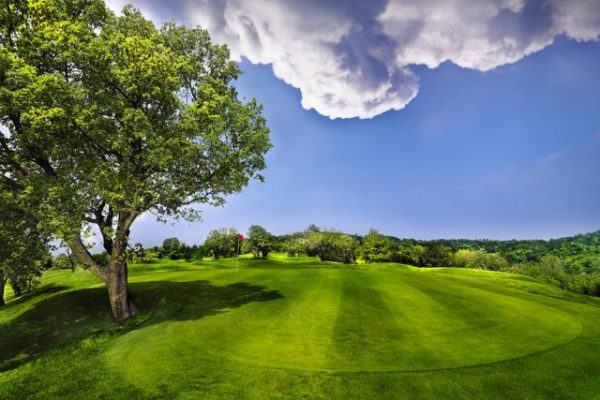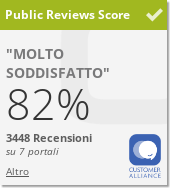Cathedral of Santa Maria Annunciata
The Cathedral of Vicenza is consecrated to Santa Maria Annunciata and represents the center of the most popular Catholic cult in Vicenza and is currently the bishop’s see of the diocese of the same name.
History
The Cathedral of Vicenza was built over several earlier buildings, and the current one dates back to the mid-15th century: the Gothic facade was built between 1444 and 1467, while the construction of the apse, by Lorenzo da Bologna, started in 1482 , although in 1531 it was still unfinished.
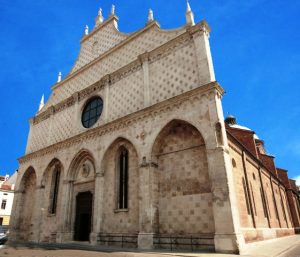 There are numerous architectural interventions by Palladio in the Cathedral of Vicenza: in fact, he was commissioned the main altar of the cathedral, the tomb of Girolamo Bencucci (bishop of Vaison), the northern portal and the construction of the drum and dome..
There are numerous architectural interventions by Palladio in the Cathedral of Vicenza: in fact, he was commissioned the main altar of the cathedral, the tomb of Girolamo Bencucci (bishop of Vaison), the northern portal and the construction of the drum and dome..
During the Second World War Santa Maria Annunciata was hit by the Anglo-American bombing of Vicenza, and it was heavily damaged. The reconstruction and restoration work began immediately, but continued until 2002.
Special Features
The facade of the Cathedral of Vicenza belongs to the Gothic style of the time and in 1565 a side door was opened, commissioned by the canon Paolo Almerico.

Construction work began on the dome in 1557, under the guidance of the architect Andrea Palladio. The interior of the church also reflects the Gothic style, presenting a single nave covered by a cross vault, and various side chapels. The apse corresponds to the central nave, with the main altar in the center.
Inside, the Cathedral of Vicenza houses numerous and valuable paintings dating back to the 14th and 15th centuries.
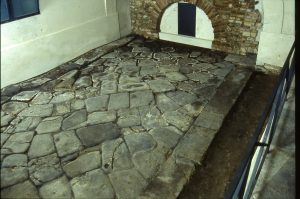 The basements of the Vicenza cathedral represent a real archaeological archive as they show the traces of buildings from different eras: a Roman house, a domus ecclesiae, the remains of a Lombard-Carolingian church, those of a Romanesque church and of a Gothic church.
The basements of the Vicenza cathedral represent a real archaeological archive as they show the traces of buildings from different eras: a Roman house, a domus ecclesiae, the remains of a Lombard-Carolingian church, those of a Romanesque church and of a Gothic church.
From the rear there is access to an underground that hides a Roman road and a Roman milestone. Most of the underground and archaeological sites are open to the public during the year.
